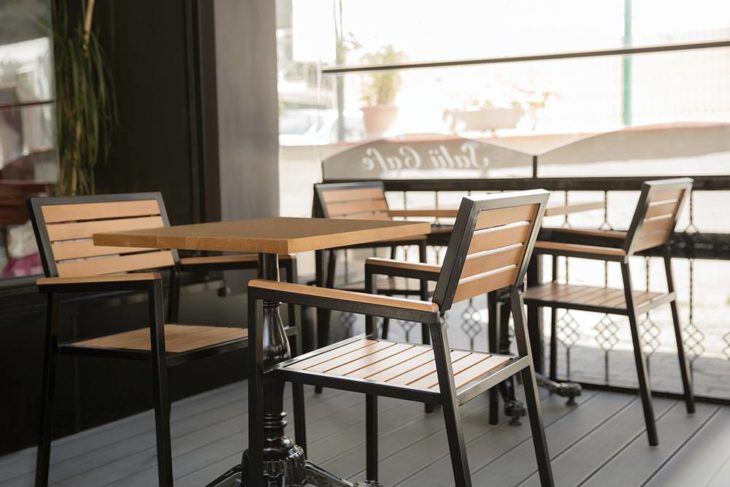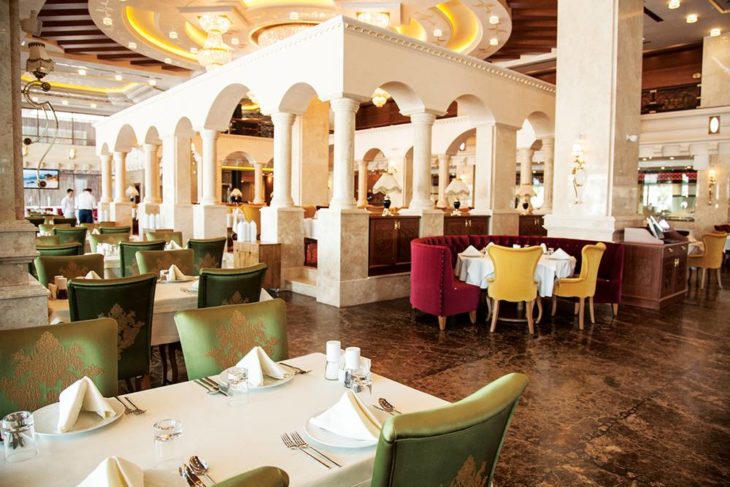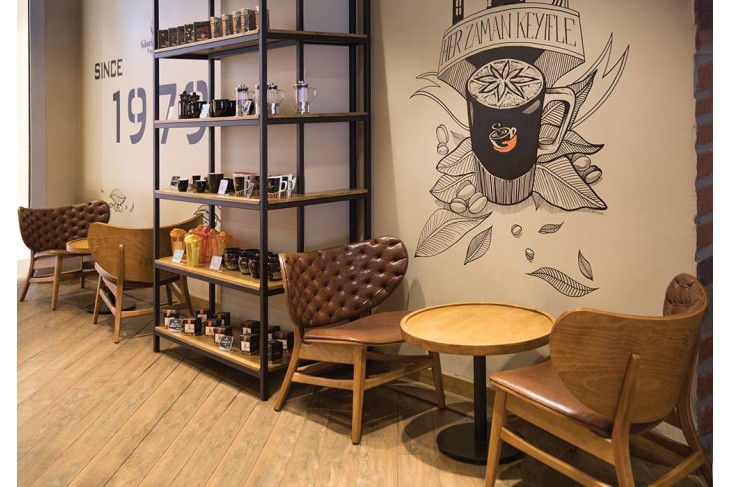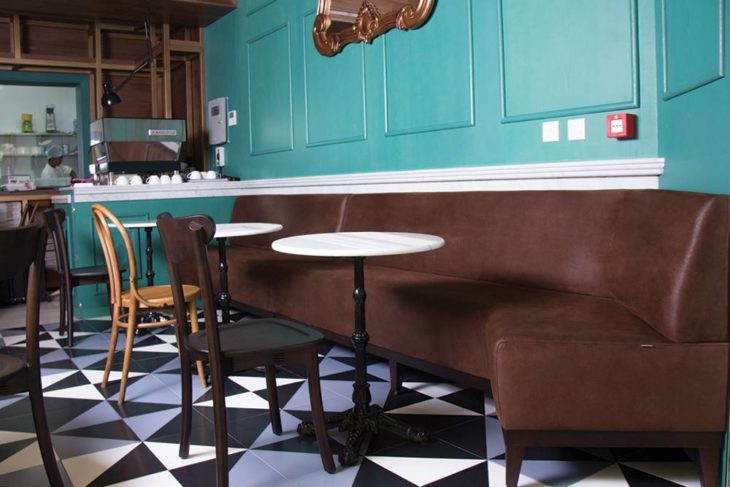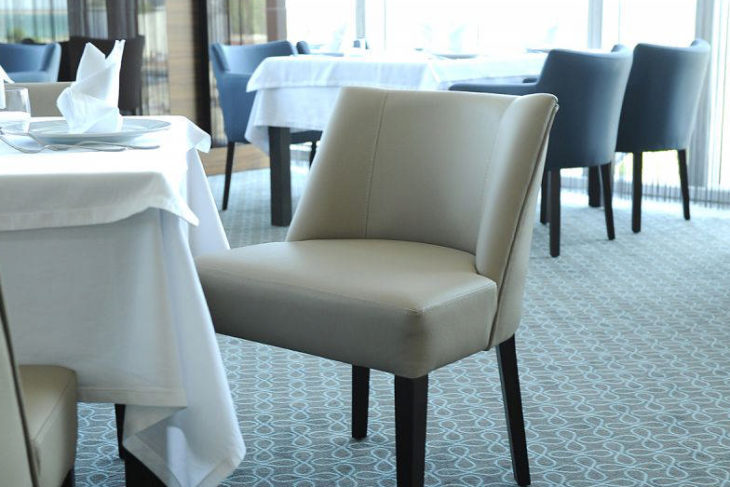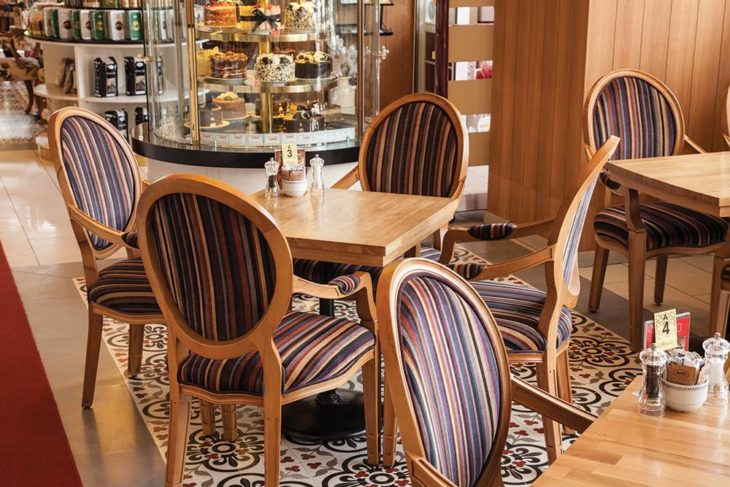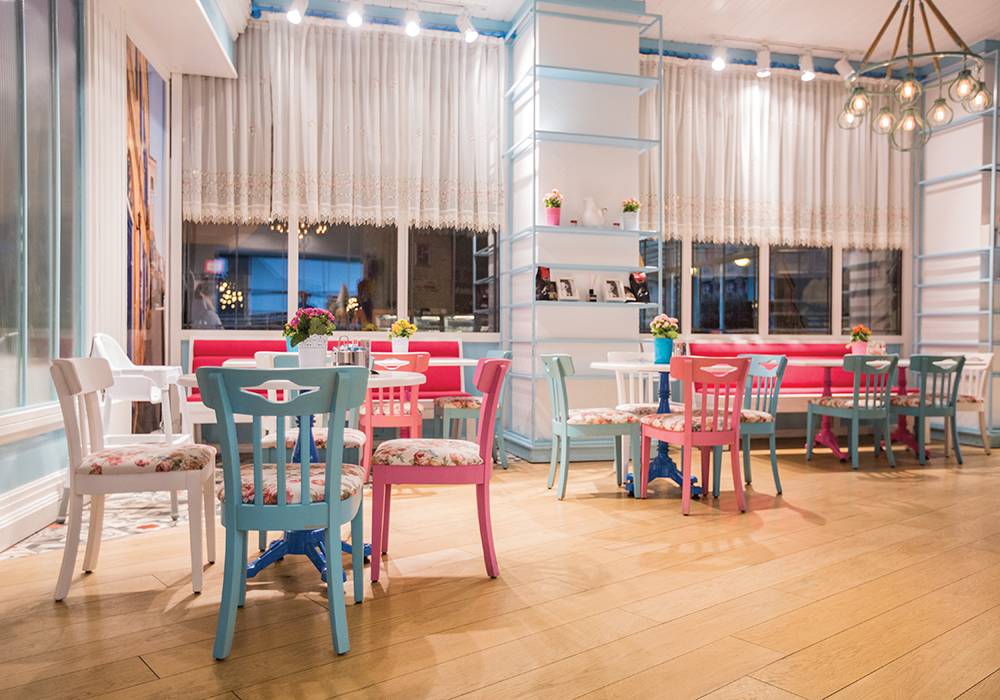
There is some debate about precisely just how much effect the appear and feel of a restaurant has on its success as a location to eat. After all, one of the most important elements are foods and service. However, it may be the appear and feel from the restaurant that invites individuals to go in. Frequently you'll hear the word "comfort" connected with atmosphere.
Of course, comfort means different points to different individuals. The temperature of the room, the style or padding from the chairs, individual preference for booths rather than tables, a sense of privacy or openness, proximity to other diners, capability to separate diners with small kids from individuals who want a less boisterous encounter, and accessibility for patrons with physical limitations are just a couple of common concerns. Discomfort is nearly always attributable to a poorly designed atmosphere.Let's take privacy as an example.
Is it important that your possible clients see and be seen? If this is a priority, then seating them in a dark corner booth will make them really feel slighted. Do you want individuals to choose your location for intimate, romantic getaways? A brightly lit table in the middle of the noisy area, with other diners at every elbow, won't be satisfactory. Possibly you see the require for both choices in the exact same restaurant? Without answers to crucial questions about what your customers want from their dining encounter, it will be impossible to manipulate your space to meet individuals wants.
Another consideration is changing demographics. For instance, by the year 2030, about 20 percent from the US population will be over 65 years of age. For these diners, setting and food high quality will replace novelty in order of importance. Alterations in patrons' eyesight and hearing ought to be reflected in design-some of the most common complaints about restaurants in general, from older diners, is that they're "too noisy" or the menu is too difficult to read in low light levels . Buffets are popular with the older generation; so are doggie bags, because leftovers are perceived as a good value.
Nutritional choices (and info about them) is going to be requested. Senior diners choose the privacy of the booth to a table and would rather wait on a busy evening inside a spacious lobby or waiting area than a bar. The population is also getting more ethnically diverse, with more African-American and Hispanic customers in most markets. Do not underestimate the theatrical nature from the dining business. Putting wares on display leads to impulse purchasing, thus increasing sales. Whether it is wine, appetizers, or decadent desserts, think of methods to show them off.
Speaking of impulses, one of the strongest is vanity-which has an impact on dining area style. Many diners like to see and be observed, particularly in upscale eateries. Having a chef's table, right in the kitchen, can be fun and exciting for them. Providing a communal table for singles to meet and mingle is an additional alternative. The bottom line with any of these elements is how they affect the guests from the restaurant. When you take them all into account, you see that the square footage of a area is meaningless as a measure of space. There's so a lot more to it!
